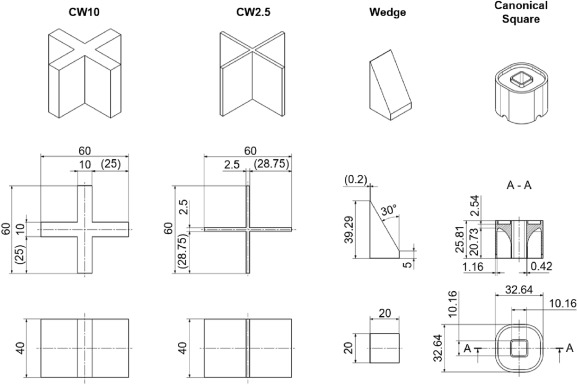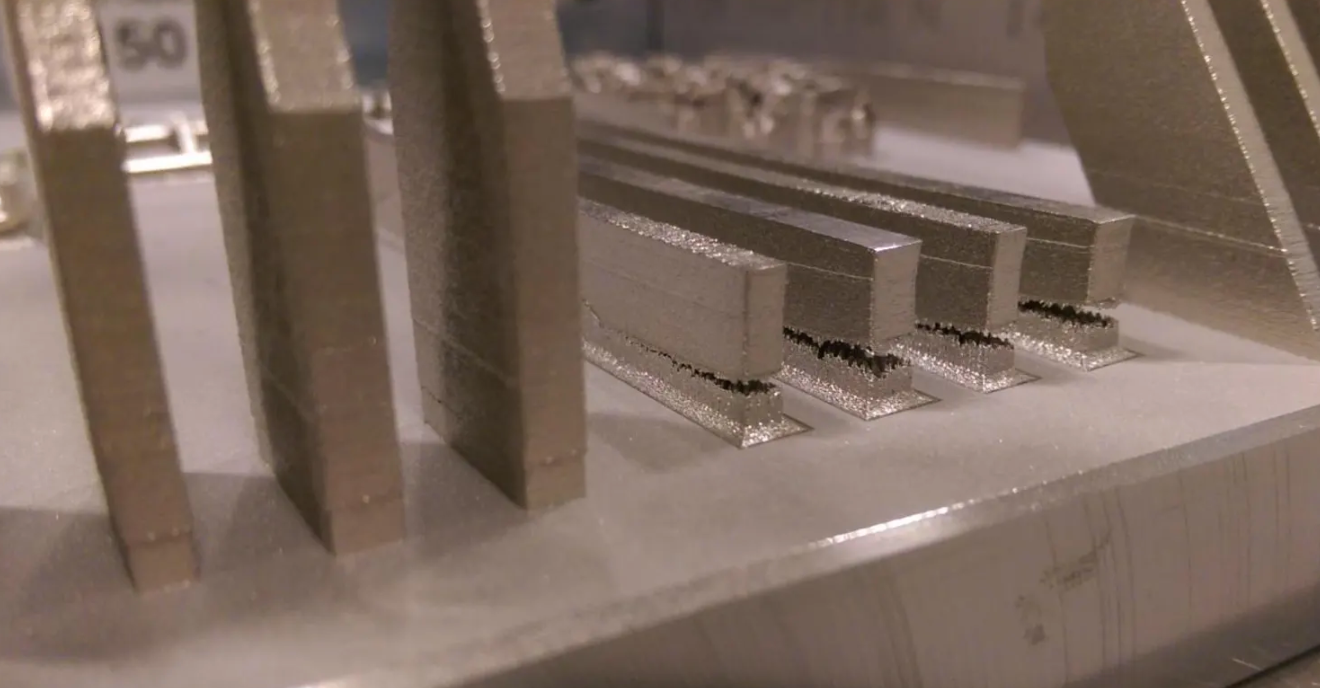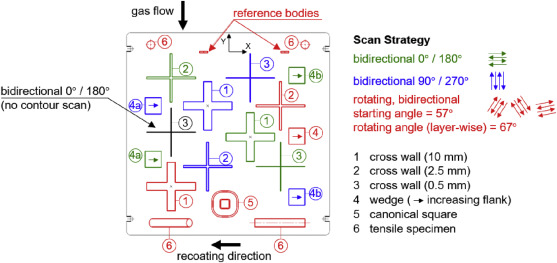New research from the Zurich University of Applied Sciences focuses on evaluating two high-end CAE software packages for the SLM (selective laser melting) process – ANSYS Additive Print and ANSYS Additive Suite. The programs are designed to simulate the metal 3D printing process in the hopes of catching residual defects before any parts are made, allowing engineers to iterate the designs and achieve higher success rates. Ultimately, the researchers propose a number of changes and developments that can be made to improve process simulation approaches in industrial AM.

Defects in SLM
SLM 3D printing is a variant of laser powder bed fusion that works by melting and fusing layers of metal powder together until a 3D shape is formed. As the laser scans over the powder bed, the powder heats up and expands, but quickly cools once the laser has moved on. The laser often scans over the same spots on the powder bed, just on different layers as they need to be stacked on top of each other to build a usable part. This cyclic heating and cooling pattern results in a constant loop of expansion and contraction, which causes residual stresses in the part as the contracting areas ‘pull’ on the surrounding solid metal.
The distortion caused by the residual stresses often leads to internal cracks being formed. With enough stress, the cracks can propagate and what you’re left with is a very expensive and potentially life threatening fracture. This is why simulation software exists, as the optimization of process parameters such as the scanning path, scanning speed, laser power, and even the geometry of the part itself can reduce print failures.

Additive Print and Additive Suite
To evaluate the efficacy of the two CAE softwares, the team started by fully calibrating them to Ti6Al4V (titanium alloy) and an EOS M 290 SLM machine. The researchers 3D printed a set of calibration and validation geometries and measured the residual deformations using 3D scanning. The results allowed them to calibrate isotropic and anisotropic strain scaling factors in Additive Print. The results also allowed the team to perform sensitivity analyses on the effects of various parameters in Additive Suite. The simulations were run and the researchers compared their residual deformation predictions to the physical parts they 3D printed.

The researchers concluded that both simulation softwares were capable of predicting the qualitative behaviour of the residual deformations and their general locations sufficiently well. Quantitative results were difficult to predict accurately, however, and extrapolation to different geometries resulted in major uncertainties. The team believes that more appropriate calibration geometries, a more reliable material database, and improved user guidelines are crucial to developing process simulation for industrial AM in the future.

Further details of the study can be found in the paper titled ‘Simulation and validation of residual deformations in additive manufacturing of metal parts’. It is co-authored by Thomas Mayer, Gabriel Brändle, Andreas Schönenberger, and Robert Eberlein.
Research into the behaviour of metal powders during 3D printing has allowed the industry to advance into heavyweight engineering applications. At Lawrence Livermore National Laboratory, researchers have discovered a way of reducing defects in 3D printed metal parts by carefully controlling the spatter ejected out of the melt track. With fewer loose powder particles partially sintering to freshly fused solid material, the surface quality of each layer can be increased. Elsewhere, Texas A&M engineers have developed a method of 3D printing “defect-free” martensitic steel with the highest tensile strength of any 3D printed alloy to date.
The nominations for the 2020 3D Printing Industry Awards are now open. Who do you think should make the shortlists for this year’s show? Have your say now.
Subscribe to the 3D Printing Industry newsletter for the latest news in additive manufacturing. You can also stay connected by following us on Twitter and liking us on Facebook.
Looking for a career in additive manufacturing? Visit 3D Printing Jobs for a selection of roles in the industry.
Featured image shows catastrophic cracks in metal 3D printed parts. Photo via University of Pittsburgh.


